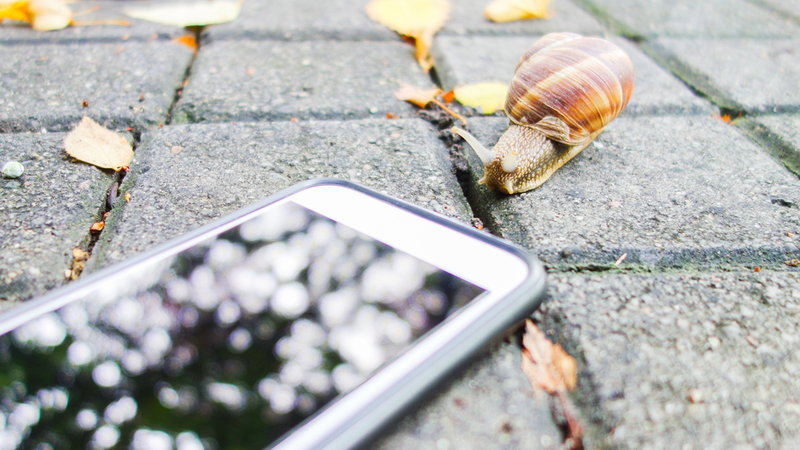Though it's not something that you should be doing on a weekly or even monthly basis, there may come a time when you need to perform a factory reset on your Android phone. Perhaps your device is running slowly, or maybe you're just getting ready to flog it to somebody else. Either way, a factory reset gets a phone back to its original factory state.
You should always reset your phone to its factory settings when the time comes to sell it on. If you don't, then you could risk another person accessing your documents, photos, or even saved passwords and other sensitive information. However, it should be a last resort to try and fix performance problems, as there are other options you can try first. The good news is that if you do need to perform a reset, it's straightforward and quick to do.
Before you reset
When you wipe your phone, you're going to lose everything that's stored on the device. This doesn't just mean your photos and contacts, but also any applications you have installed, so make a note of your essential apps if there are too many to remember. You can copy your other physical data to your PC or laptop, or back it up to a linked cloud account before you proceed. A factory reset is permanent, so be absolutely sure to get everything you need.
Carrying out the reset
Carrying out a factory reset is not difficult — in fact, Android provides a default option that will do the task for you, and you can find it inside of the settings application. It's included as a base option in nearly all modern Android smartphones, so you won't have to worry about tracking down the setting. Here's where the majority of you should be able to find the option you need:
- Open the Settings application that can be found as either a default app, or through the icon in your phone's notification bar;
- Once in Settings, have a look whether your phone has a search feature that lets you search for specific options. It should be at the top of the screen;
- If you have a search option, tap into the text field and search for the words "Factory Reset". However, bear in mind that it could be under a different name;
Alternatively, you can just search the Settings menu to find the option. On most smartphones running Android, it can be found under Settings > System > Reset Options > Erase all data > Reset Phone. Once you've chosen this option, you're passing the point of no return after which your data will all be erased. Your phone will be placed into the same state in which you bought it, with the setup wizard shown on boot-up.
Alternate method
If your smartphone won't start properly, then it might need a professional recovery via Android's Recovery Mode. This is a feature that gives you more functions. However, the differences from one Android phone to another mean that how you access this feature might be different each time. In most cases, it can be accessed by pressing the volume up and power buttons simultaneously.
However, with this mode you are asked to input your Google account details when the phone restarts. This prevents a third-party from stealing your phone and wiping it so that it can be sold. If you use Recovery Mode, then it's worth checking you know your login details before resetting, so you don't lose access to your device.
That said, if you've reached the point where your phone still won't recover or speed up after a regular factory reset, then we recommend getting in touch with a professional that can help troubleshoot the device for you. WiseGuys is a Which? Trusted Trader, offering smartphone repairs in Bournemouth and Christchurch. You can book in a repair or investigation with us by calling 0808 123 2820.



Recent Comments